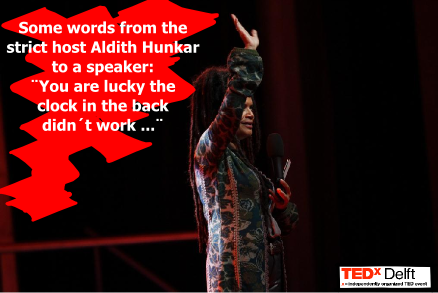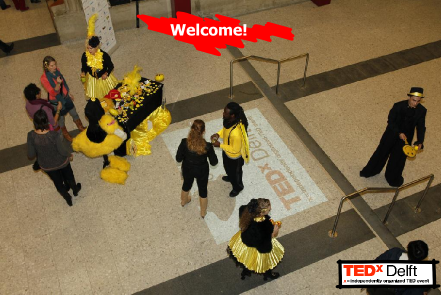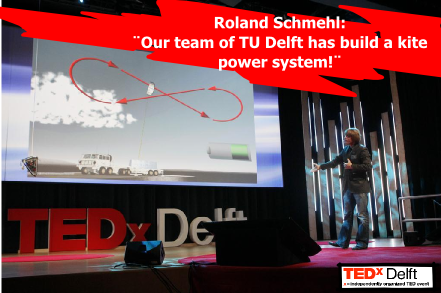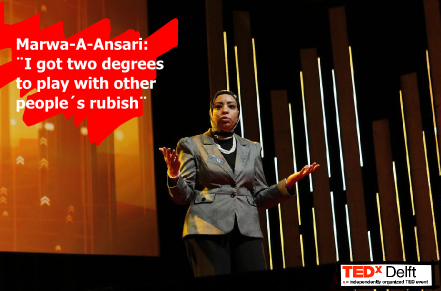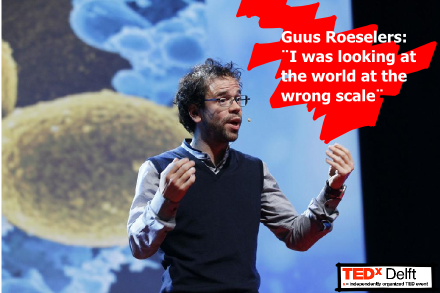Think about your childhood for a minute. Imagine you are 8 years old, you’re on the beach and you’re playing with a kite. Remember how strong those things are? They could easily drag you ten meters across the beach.
Now imagine the power of a kite to yield energy. Yes, it’s possible. Ronald Schmehl of Kitepower tells you how.
It’s a technology based on inflatable membrane wings which are tethered to a motor/generator unit on the ground. The present kite power demonstrator system operates kites of 14, 25 or 50 m2 surface area in periodic pumping mode to generate 20 kW mechanical reel-out power (source: Kitepower).
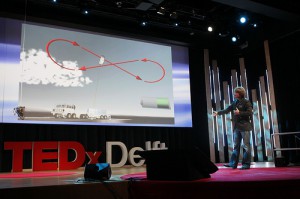
“But we have wind turbines to gain energy!” I hear you.
Well, the advantages of a kite against a windmill is that a kite reaches ten times more altitude than a windmill, because it reaches higher. Up to 10 kilometers with a speed of 70-80 km per hour. Also, wind mills can harm animals, they make a noise (when you get too close) and some people find them ugly because they pollute the horizon.
Kitepower can be used in a disaster area where there’s no electricity, like after an earthquake. You basically only need the kite and the control unit.
To get an idea of how strong the kite is: it can pull a large container vessel. Yep, that’s not a kite to play around with!
The product looks really amazing and I’m just thinking “why are we still using windturbines when we have these kites?”
 Cherrelle Eid – The Roots of Realisation
Cherrelle Eid – The Roots of Realisation
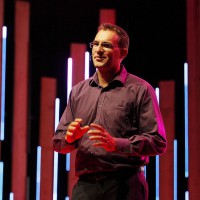

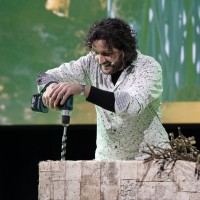
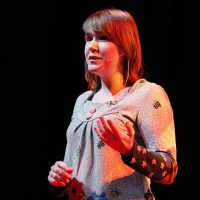


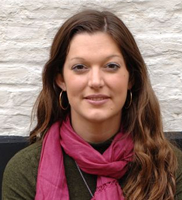
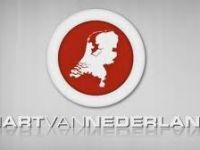
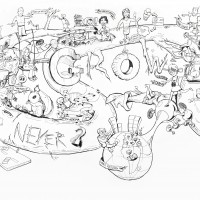
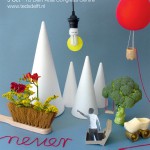
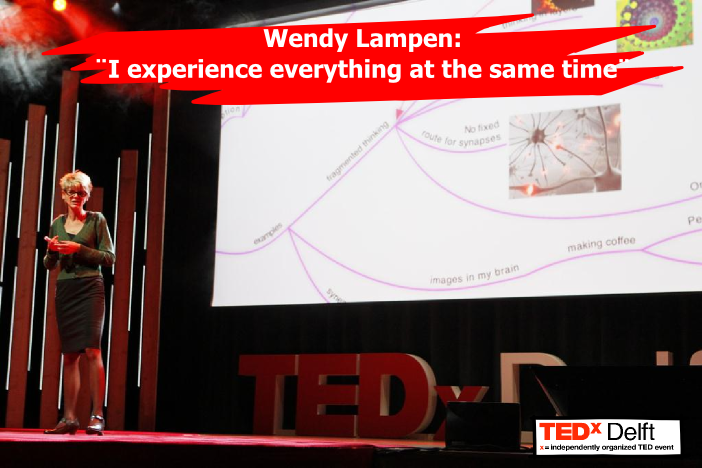
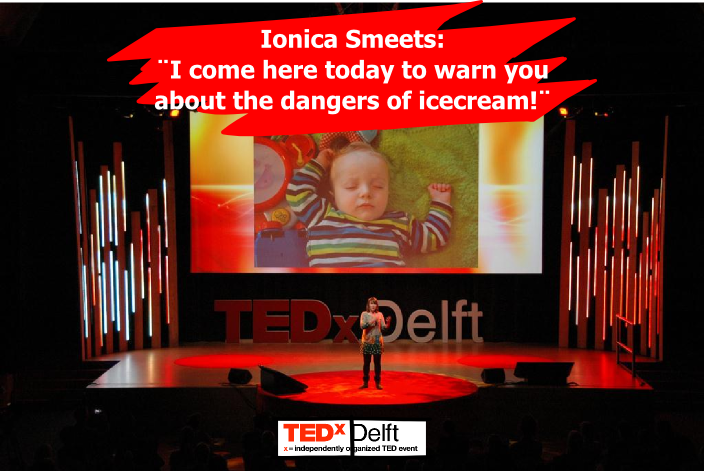
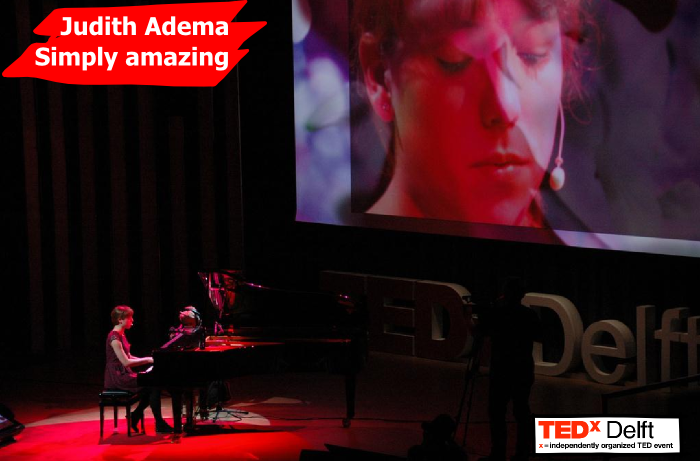
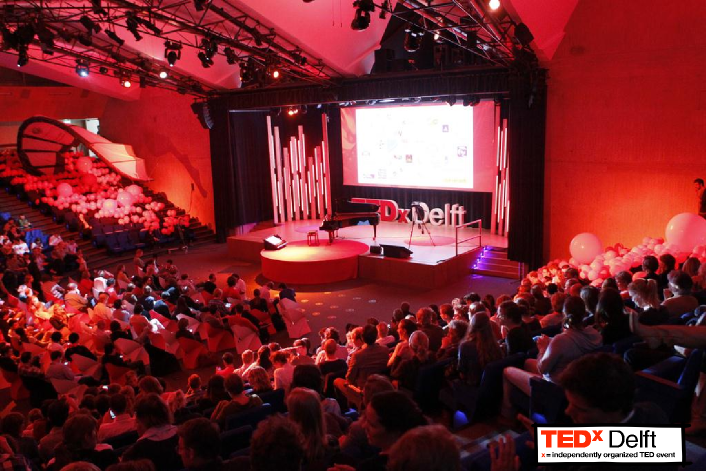
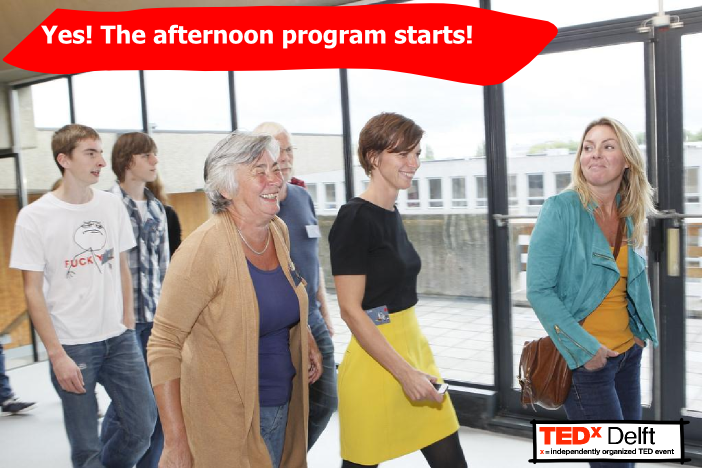
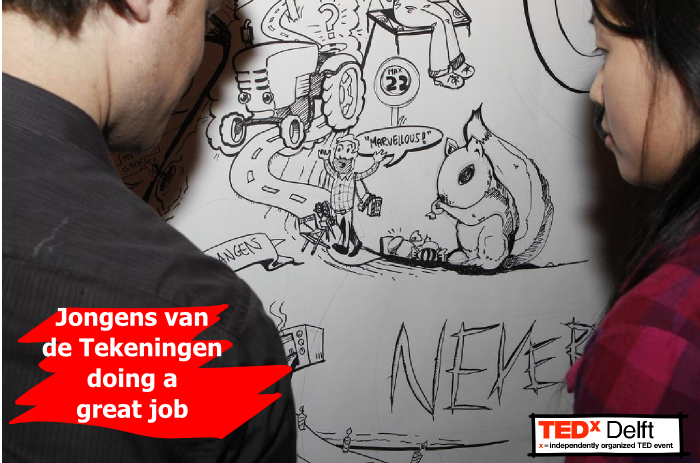
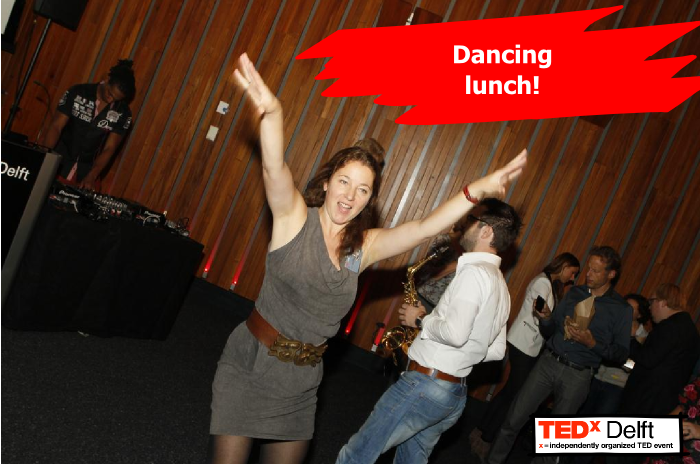
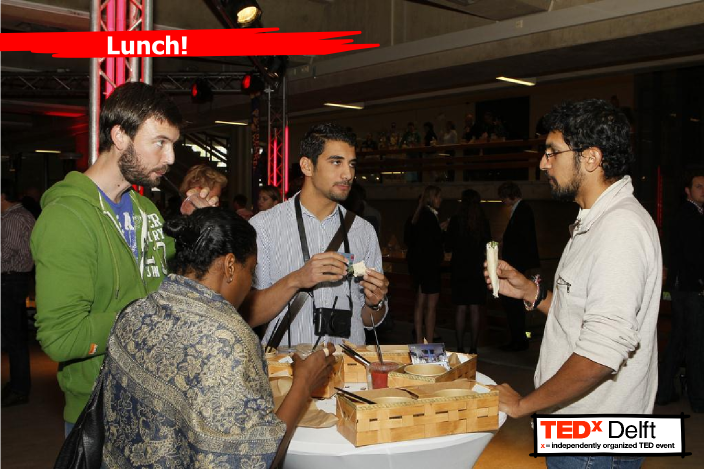
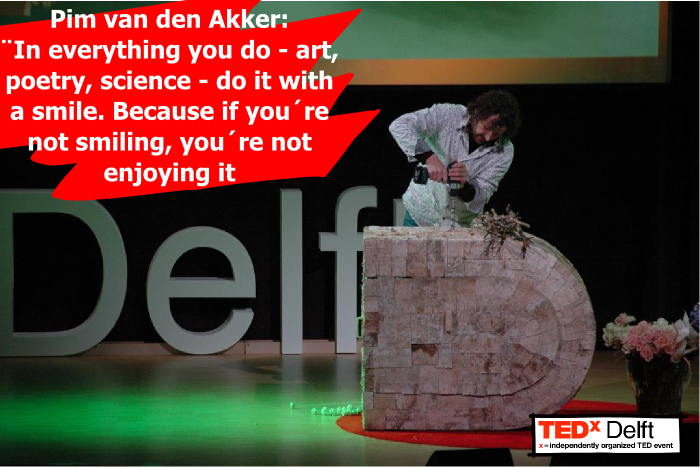
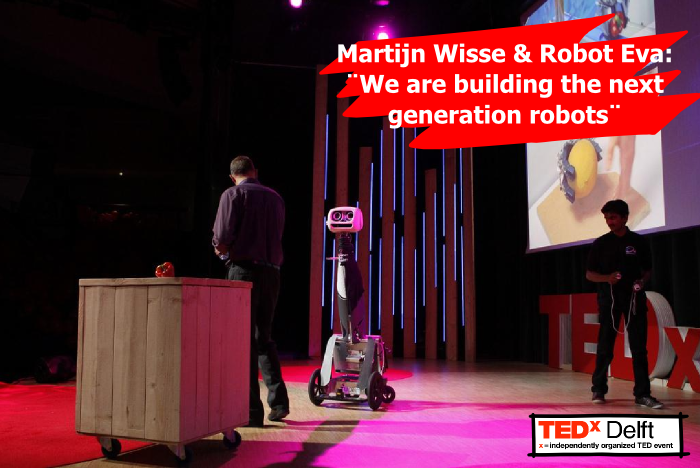
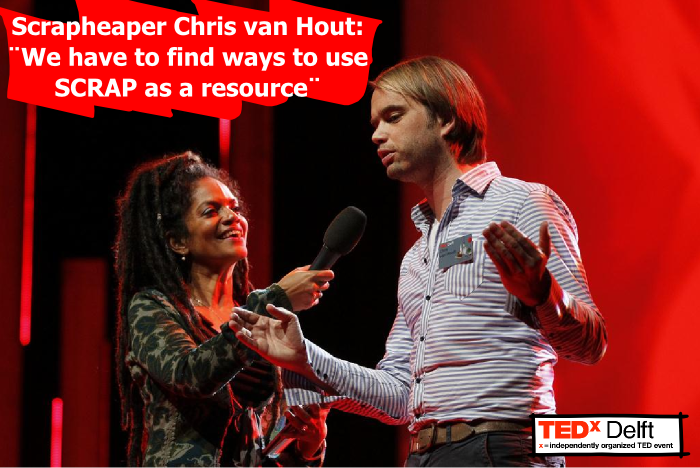

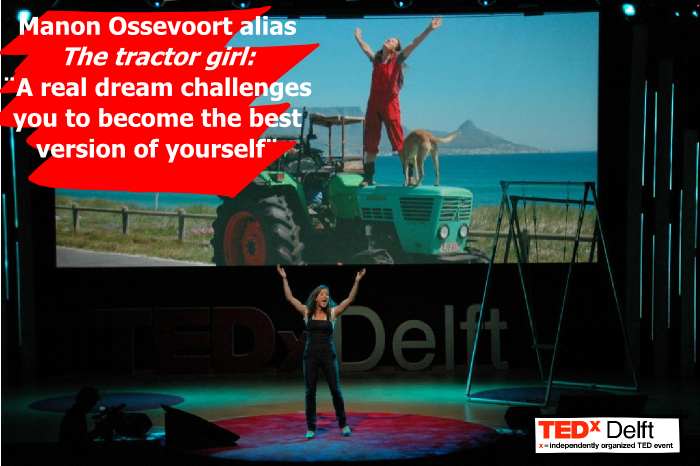
 Wendy Lampen
Wendy Lampen